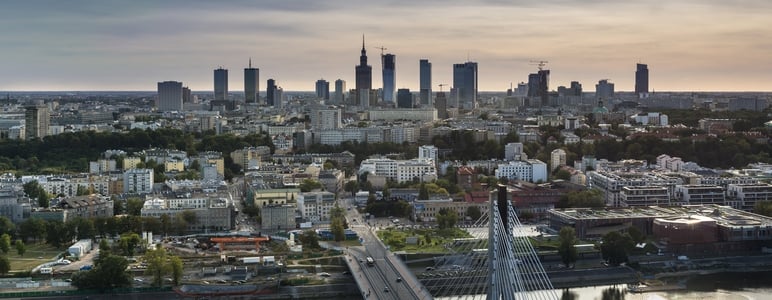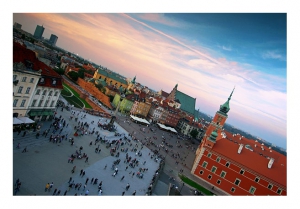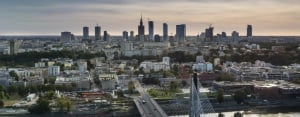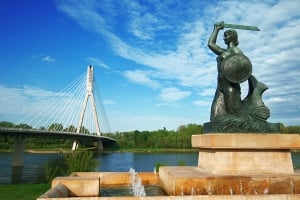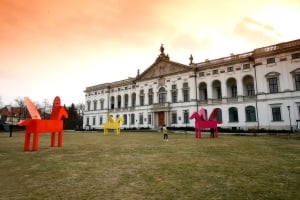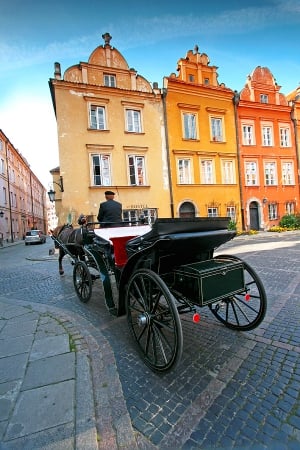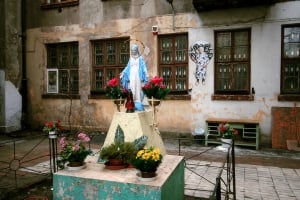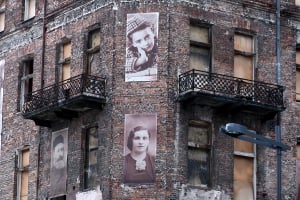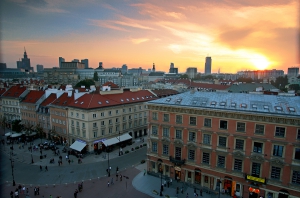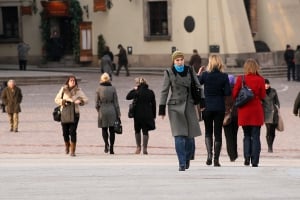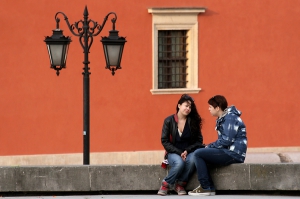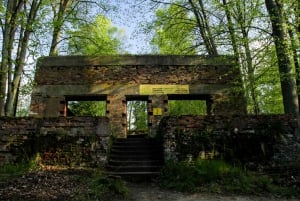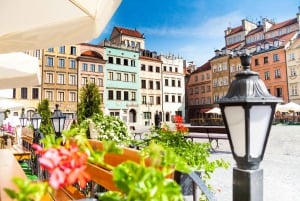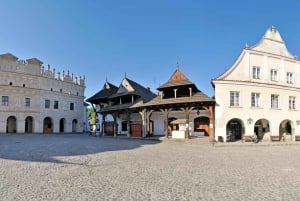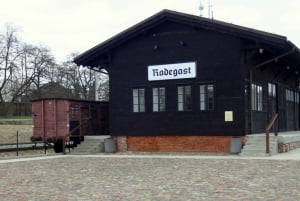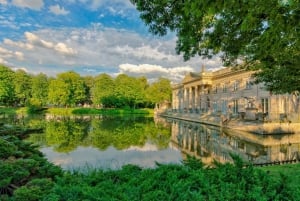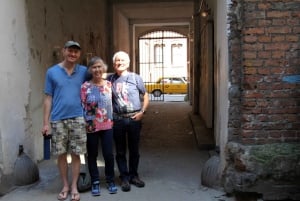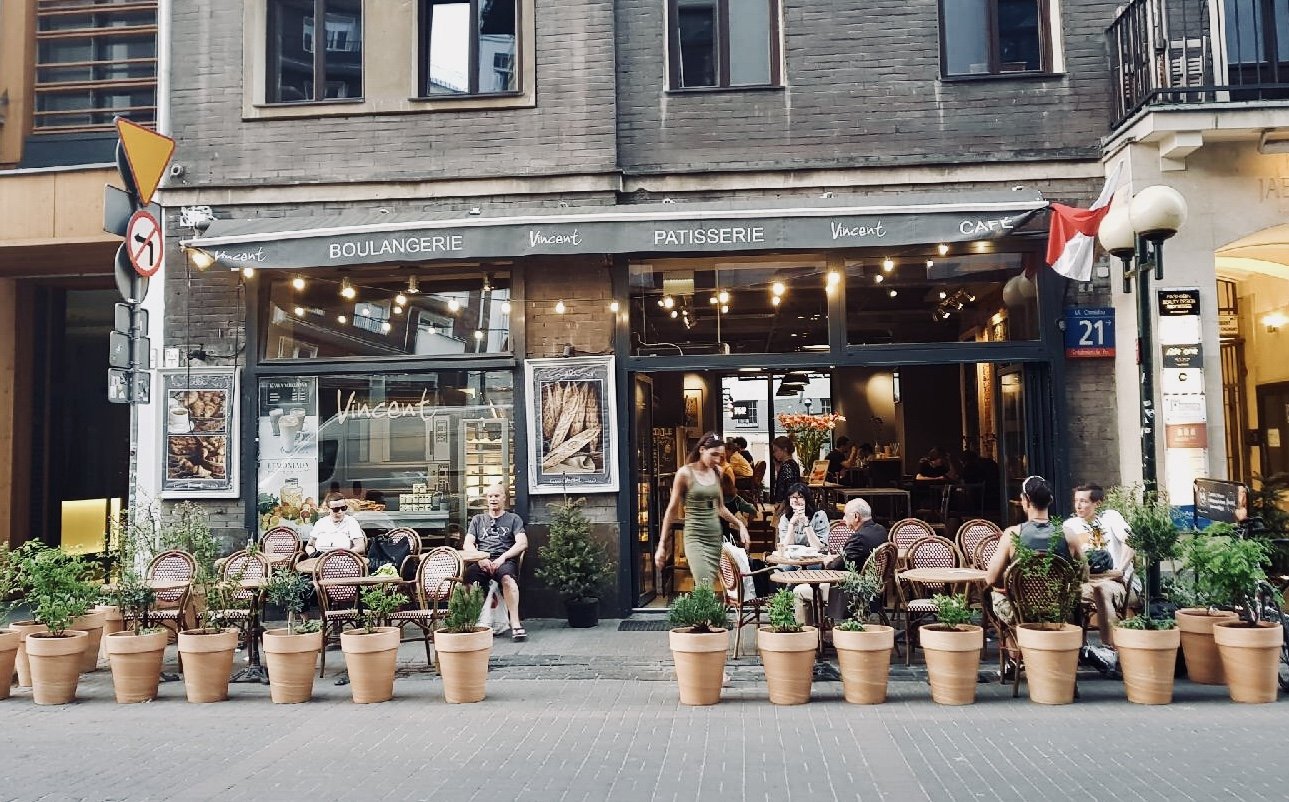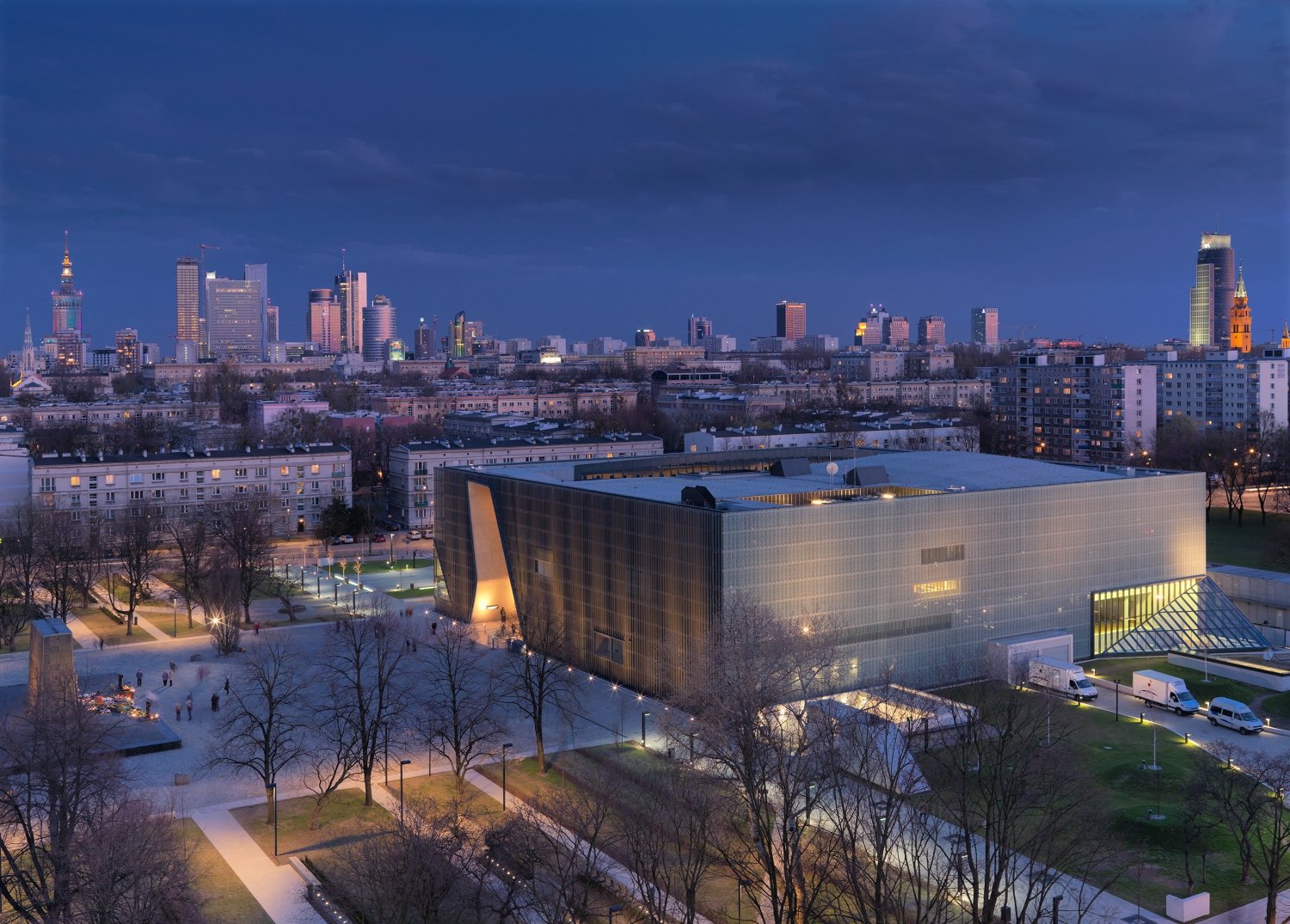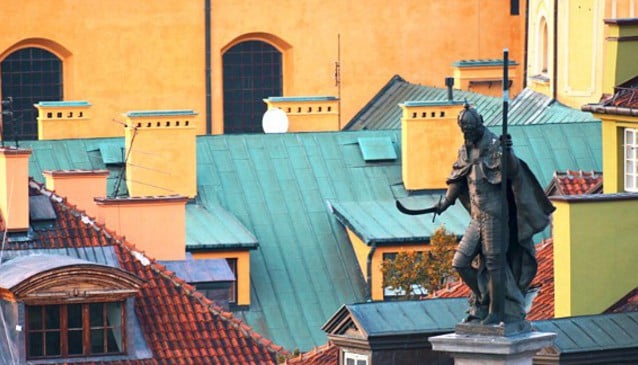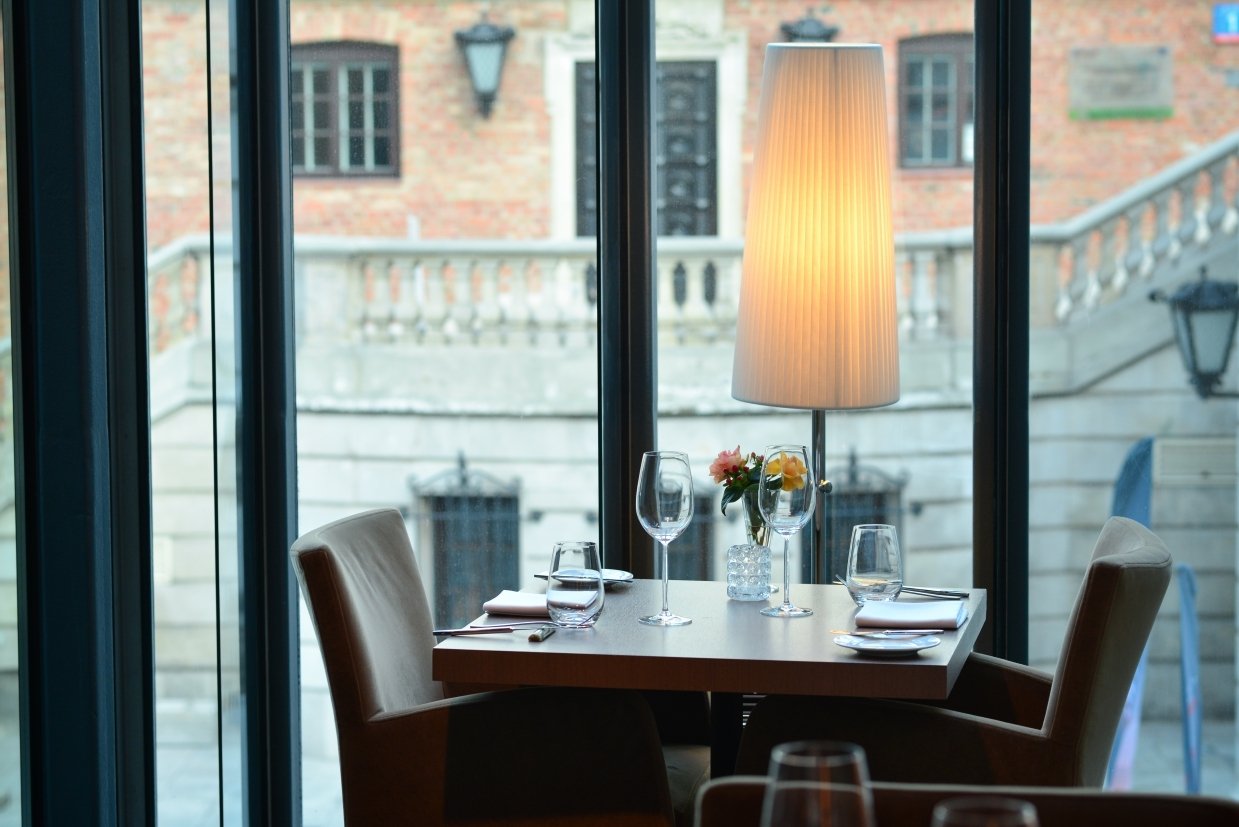Warsaw at a Glance
FAST FACTS
• Warsaw is the largest city in Poland and its capital
• City crest is a mermaid with sword and shield
• Seat of the Polish Parliament and Supreme Court
• Ranked as the world’s 35th most expensive city to live in
• Area of 516.9 square kilometers
• Population of 1,716,855 (2,785,000 in the metropolitan area) – 9th largest city in the European Union by population
• Located on the Vistula (Wisla) River, in the heart of the Masovian Plain
• 260km from the Baltic Sea, 300km from the Carpathian Mountains
• Warsaw was awarded the highest Polish military decoration, Virtuti Militari, for its 1939 defense against the German army, on 9 November 1940
• The birthplace of composer Fryderyk Chopin and Nobel Prize winner Marie Sklodowska-Curie
• Served by one international airport and three main train stations
• Warsaw’s Old Town is a UNESCO World Heritage Site
• Home to the largest university in Poland
• Home to the National Theatre, National Opera and National Ballet
Warsaw is divided into 12 districts:
Srodmiescie (City Centre), Praga Polnoc (North Praga), Praga Poludnie (South Praga), Zoliborz, Wola, Ochota, Mokotow, Bialoleka, Bielany, Bemowo, Targowek, Rembertow, Ursus, Wlochy, Ursynow, Wilanow, Wawer and Wesola.
The majority of tourist attractions lie within the borders of the Sródmiescie district, which incorporates the Old Town, New Town, Royal Route, Lazienki Park and city centre.
Further sights lie generally in the area of Praga Poludnie (South Praga), including the Warsaw Zoo and some excellent parks.
Wilanow Palace is located in the district of Wilanow.
While some fine examples of older neighbourhoods or socialist-realist architecture can be found in the more central suburbs like Mokotow and Zoliborz, the majority of these districts are residential and relatively modern.



